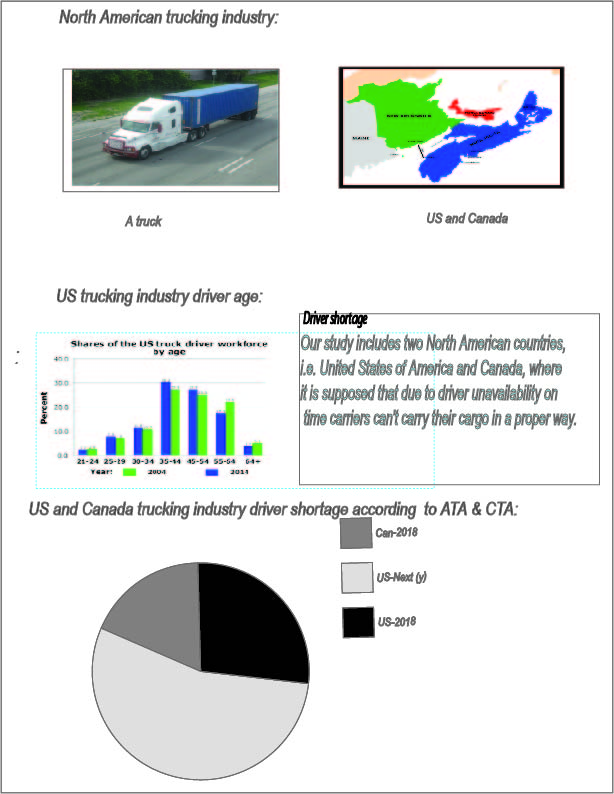[wpedon id=”3051″ align=”left”]
Abstract:
Brown notes that trucking companies can’t realistically expect to get “lifer” employees anymore – the guys and gals who stick with a company for their entire career. Logistic activities are undertaken in-house by the users of the services and the operations of external service providers. How and why the driver shortage issue developed and possible solutions one of the reasons for the shortage, according to ATA is an explosion of shopping due to retail giants Amazon and Walmart. Although ATA wanted some attention from the government arguing systematically about the driver shortage issue. Some trucking companies are working harder to make the profession suitable to women by addressing some of the issues like safety, comfort, and the ability to juggle a driving career with family life. The BLS says that if wage adjustment and other regular formalities allow fix driver shortage, why there should be an issue of driver shortage since 1980. All firms and relationships that get a product to market, including the original acquisition of raw materials; production of the item at a manufacturing facility; distribution to a retailer; sale of the finished item to the customer, and any installation, repair, or service activities that follow the sale.
Keywords: Driver shortage, supply chain, North America, USA, Canada etc.





